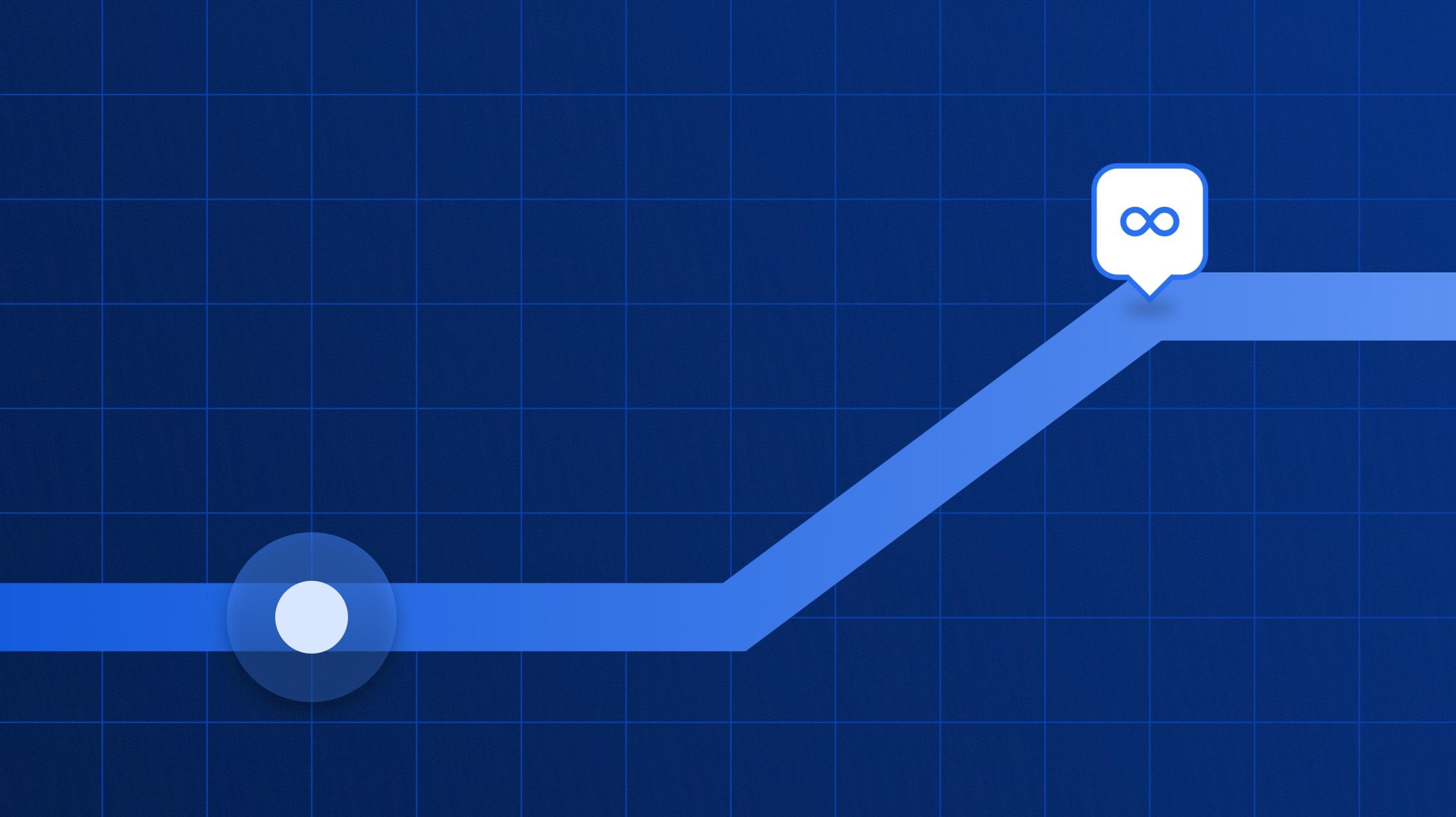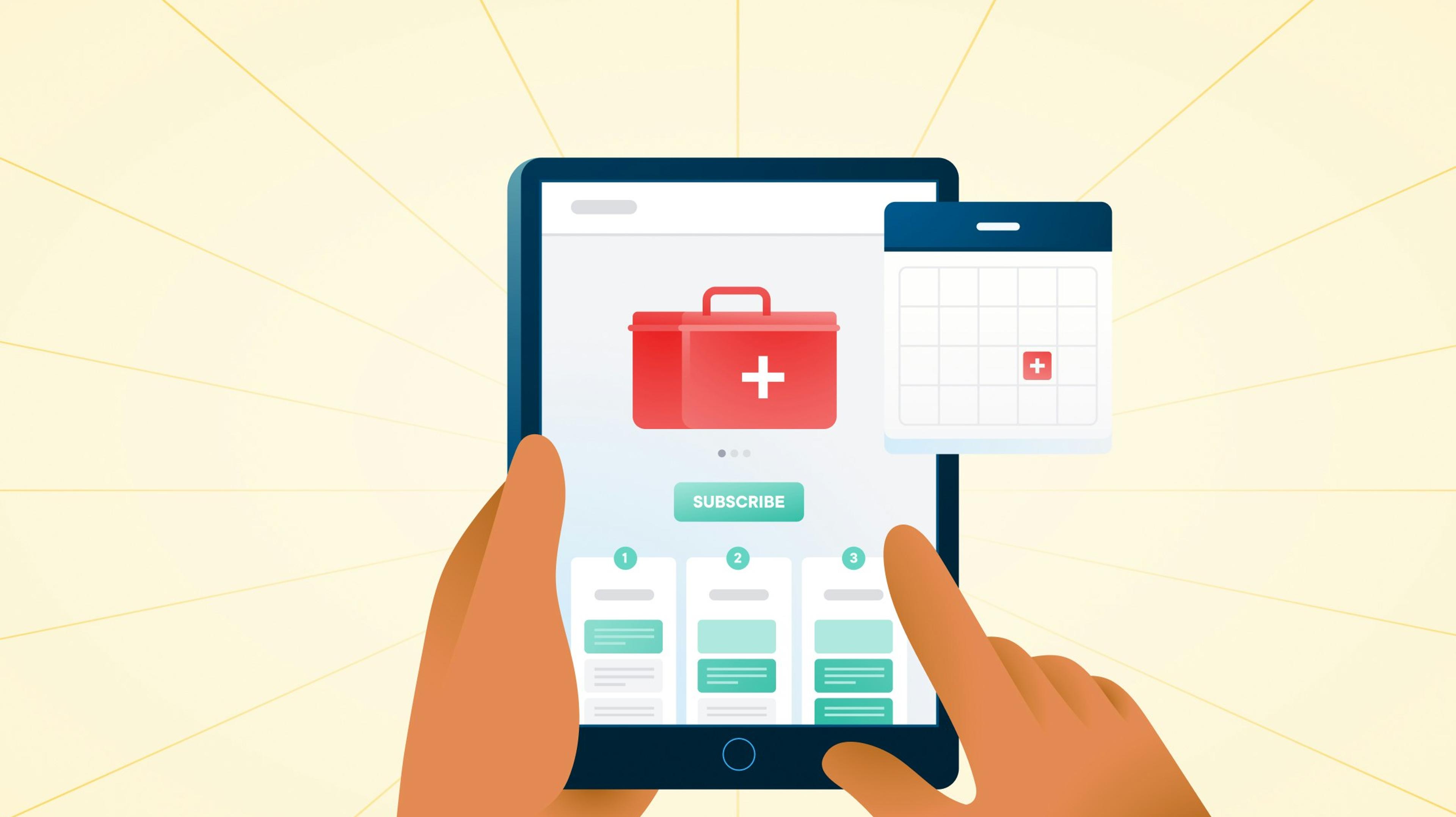Delivery Driver Training: A Checklist to Set New Drivers Up for Success

Improving your new driver training process benefits your company, your drivers, and your customers. When drivers become more efficient, they deliver more packages in less time, saving you money while making your customers happy — and the drivers themselves earn a better per hour rate.
To help us write a guide about the most effective way to conduct delivery driver training for new hires (or seasoned drivers who can use a refresher), we spoke with Lisa Davis-Isaacs, a Delivery Manager at Hermes, who works with hundreds of couriers who complete last-mile delivery.
Lisa trains and develops full-time independent contractors, as well as subcontractors she hires during busier seasons. She covers practical training and educating drivers on keeping the right mindset. She breaks down her training approach intofour key areas:
- Customer service training
- Software training
- Process and professionalism training
- Health and safety training
In this article, we cover the process that Lisa uses to train new drivers, which she has refined over years and has used to help Hermes onboard the talent needed to deliver 3 million packages in the UK daily.
1. Providing excellent customer service
“The first thing I start training with,” Lisa says, “is explaining to the new hire the importance of the freight that we’re delivering. We are the final mile. The last link to the client’s customers.”
Lisa says:
Because of this, delivery drivers need to think about how they’re actively building relationships when they’re out on the road. If they’re leaking oil, then don’t pull onto the customer’s driveway. Don’t block their driveways or their neighbor’s driveways. And do they look professional?
Lisa says the most successful delivery drivers are those who treat their route like it’s their own business, even if they’re a contractor. That means caring for the packages like you had boxed them yourself, and delivering the packages like you are the one the customer will call if they have any complaints.
When drivers act like they’re nothing more than the messenger between a company and that company’s customer, they’re doing themselves, your delivery company, and the customer a great disservice. So, first and foremost, Lisa coaches her new drivers carefully to instil a sense of responsibility and accountability.
2. Using your company’s delivery software
Lisa’s next step is to train her new drivers on using the delivery management software her company uses. This differs between businesses, but like many delivery firms, her company doesn’t give out handheld devices to couriers. Instead, couriers use their smartphones after downloading an app.
This setup is more efficient for any delivery company — because they don’t need to sign out hardware to each driver, which means they don’t have to worry about repairs or upgrades. It’s also easier for the driver because they get to use their own phone, which they’re more comfortable with from the get-go.
Lisa says:
It doesn’t take long for most new drivers to pick up the technology side of the job. I can usually get new drivers comfortable with the technology in less than an hour. But I do make a habit of going out on the road myself every now and then to make sure I still know the best ways to use the technology that my drivers are using on their daily routes.
And that’s the critical takeaway here — trainers and supervisors need to keep their skin in the game, going on the road when possible, as a way to find efficiencies and experience whatever hardships the drivers are going through as they make deliveries.
During one of these days out in the field, Lisa discovered the internal route optimization tool her drivers were using wasn’t actually optimizing routes correctly. To solve that problem, she did some research and found Circuit’s Route Planner.

Note: The more fragmented your delivery processes, the more of a struggle it’ll be to get your drivers up to speed. If you run a mid-sized delivery team and you’re looking for an easy-to-use platform for the core challenges of last-mile delivery, check out our blog post on finding the best delivery management app.
3. Thinking like a professional courier
While mastering delivery tools is an important part of new driver training, getting the driver in a professional courier’s mindset is critical.
“Training new hires to act and think like professional couriers is how I spend most of my time with trainees,” Lisa says. “Professional drivers don’t drive like everyone else. They don’t just get in the car and follow the GPS until they arrive at the destination. There’s much more to it than that.”
Without adopting their role as professional courier drivers, your new drivers will make subtle but significant mistakes. Delivery drivers are making dozens, and possibly close to a hundred stops per day. This means a relatively small 2-3 minute error per stop can significantly delay deliveries overall.
Because of these mistakes, delivery drivers aren’t likely to provide the best customer experience. The more stressed and hurried your driver, the less likely they’re going to provide excellent customer service.
To reduce the risk of any time-draining mistakes from adding pressure, Lisa focuses on two things: teaching drivers how to efficiently load their vehicle, and how to navigate their route in real-time.
a) Teaching delivery drivers how to load a vehicle
One of the most significant mistakes that can have long-lasting effects on a driver’s route is simply how they load their vehicle. And this is something Lisa drove home in our interview:
If your drivers don’t load their vehicle correctly from the start, it honestly doesn’t matter if they’re driving on an optimized route or not. It doesn’t matter if they’re the fastest out the door. They run into significant delays and quickly get behind schedule.
When drivers load their vehicles without consulting their optimized route first, they’re increasing the time it takes to complete each stop because they’ll have to rummage through the packages in their truck (or van) to find the right parcel.
“What drivers need to do is load their vehicle in a way that complements the order of stops on their optimized routes. I also suggest that drivers use a marker to notate their packages, as in stop 1, stop 2, stop 3, and so on,” Lisa says.
For brand new drivers, Lisa recommendsthat they take the first 5-10 packages they need to deliver and put them in the passenger seat (again, also organizing them per their place on the route). This allows the driver to focus on other aspects of the job, such as navigating to the address while using their delivery software. Plus, this is a palpable way to show new drivers the value of making sure their packages are arranged in the right order.
Previously, we also spoke with a courier who uses Circuit’s Route Planner to make all of his stops. He had some insight into how to efficiently load your vehicle. When he’s loading his vehicle, he puts notes in the Circuit app that describes the packages, such as “brown box, large” or “white box with a red stripe.”
When he arrives at the stop, he checks his Circuit app to see what the package looks like and is able to find it quickly. With Circuit, he was able to cut the down time he spends completing a route in half.

b) Teaching the driver how to navigate the routes and complete the stops
After your driver understands the importance of loading up their vehicle with their optimized routes in mind, it’s time to train them on how to actually navigate and complete their stops.
Lisa says:
After dodging the potential crisis of loading their vehicle incorrectly, I see plenty of drivers make time-consuming mistakes when navigating their route and completing their stops. Again, the problem is they’re not thinking like a courier, but they’re just relying on driving like they normally drive through a street or neighborhood.
“For example, a professional courier will keep in mind how street addresses work. It’s often odd numbers on one side and even numbers on the other. So when your new driver is looking for a specific address, they can narrow down what side of the street they’re on, and find their stop sooner.”
Let’s say you’re a courier looking for 1015 Fairfax Avenue. You look out your passenger side window and see that 1010 Fairfax Avenue is to your immediate right. A new driver will slowly edge along down the street, looking at both sides until they find 1015. Meanwhile, the professional driver knows the stop they’re looking for is three houses down on the opposing side.
Plus, according to Lisa, amateur drivers will rely so heavily on their Google Maps screen that they don’t use the clues available to them in the real world:
New drivers will see that their phone has told them they’ve arrived, so they’ll park their car, get the package, and then realize they don’t know where they’re going. But a professional courier driver will at least have some idea of which direction they’re going — that way they aren’t wandering around on foot, wasting time, looking around from door to door.
These may seem like “common sense” tips — or relatively minor suggestions — but as Lisa says, most new drivers are used to driving casually, not professionally. It’s less about common sense and more about the habits you’ve developed as a non-professional driver. When new couriers get behind the wheel, they often don’t know how to act like professional drivers, so this is a key part of training their mindset.
And since delivery drivers deal in delivery drivers deal in deal in quantity, any cost-saving measure your drivers can implement will have significant benefits for your company. For example,one of our customers had an average time per stop of 7 minutes. This was in part because they were using three different apps to complete their stops.
- Google Maps to find the address
- Shopify to look up any notes the customer left
- iMessage to communicate with their customer to let them know they arrived.
After switching to our delivery management platform, Circuit for Teams, this customer cut their average time per stop down to just 2 minutes. By shaving 5 minutes off each stop, this local business is now saving nearly 13 hours a week in labor costs.
4. Training your drivers to keep themselves safe and healthy
Some delivery training courses involve classes in safe driving, driver safety, and even defensive driving. For example, UPS drivers go through an intense training program commonly referred to as driver boot camp, where drivers learn how to walk icy roads and identify whether or not a car is occupied when you can’t see the driver's seat (spoilers: look for brake lights, smoke from the exhaust, or fogged-up windows).
This part of delivery training will vary based on your team’s size and what your drivers are delivering — for example, there’s going to be a completely different safety guide for long-haul delivery truck drivers with a CDL license than there is for a courier delivering packages and completing 30-50 stops a day.
Since Lisa focuses on delivery drivers who are using their own cars as delivery vehicles and aren’t coming to her with a wealth of delivery training knowledge, she trains them on how to stay safe and healthy.
It’s an unfortunate reality that during the busier holiday seasons — when the streets are full of couriers who are delivering gifts to your door — delivery drivers are at a greater risk of being ambushed. To help prevent this from happening, Lisa teaches her drivers to:
- Be aware of their surroundings, doing your best to park in a well-lit or observable area;
- Keep their door locked when they’re idling or when they’re making a delivery.
And, of course, delivery drivers should be reminded during training to never put themselves in physical danger by trying to fend off an attempted theft.
“Murphy’s Law” states that whatever can happen, will happen. That’s good for courier drivers to take to heart, according to Lisa. She works in England, where “it rains on a whim,” she says. “So, I always tell drivers to take a light, waterproof jacket. The last thing they want is to be soaked through after the first stop. It ruins the whole day, and can have a real impact on their health, happiness, and productivity.”
Going forward: Onboarding new drivers, now and in the future
Like plenty of other industries, the COVID-19 pandemic made Lisa’s job more challenging. For example, she can’t go out on routes as often as she’d like. “With new drivers, I like to follow them in my car for the first 20 stops of their route, park my car close to theirs, and walk with them up to the customer’s house to see how they handle delivering the package, but that was made more difficult by COVID.” she says.
But while Lisa has to adapt her training schemes to fit into social distancing best practices, she is still committed to instilling the same mindsets and level of practical knowledge in everyone she hires.
Lisa says:
Even if we’re in difficult circumstances and the pressure on delivery companies is increasing, we can’t afford to cut corners with training and educating our drivers. Last-mile delivery is too important.
Note: Delivery management platforms can go a long way in helping new employees become better delivery drivers. At Circuit, we offer delivery and route management software as an easy-to-use mobile and web app, centralizing the core aspects of delivery — from multi-driver route optimization, to order tracking, to getting proof of delivery — all in one single service. Sign up for a free trial of Circuit.
A huge thank you to Lisa for taking the time to speak with us. We’re proud to have her as a Circuit user, and we’re always happy to hear about her experiences in the delivery world.





